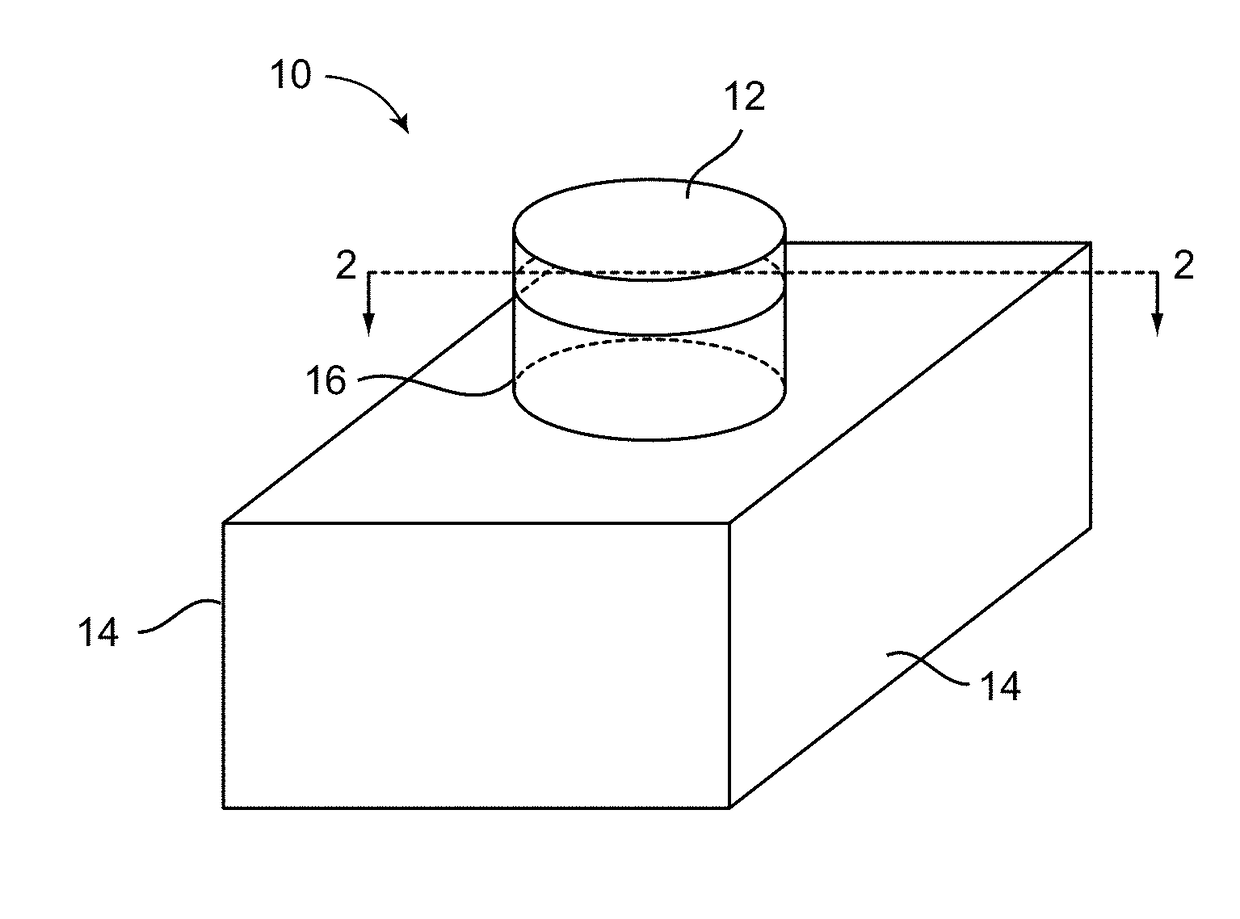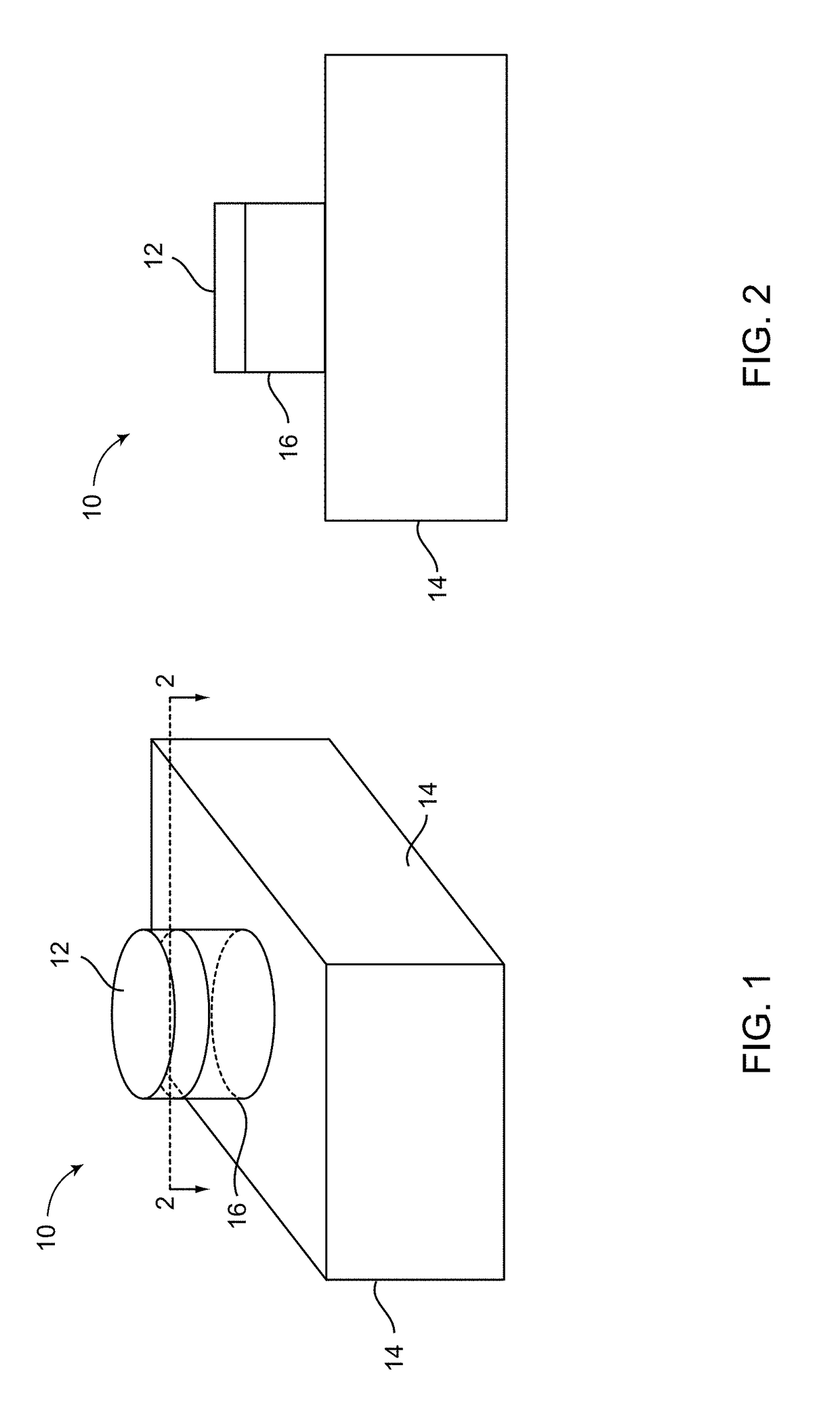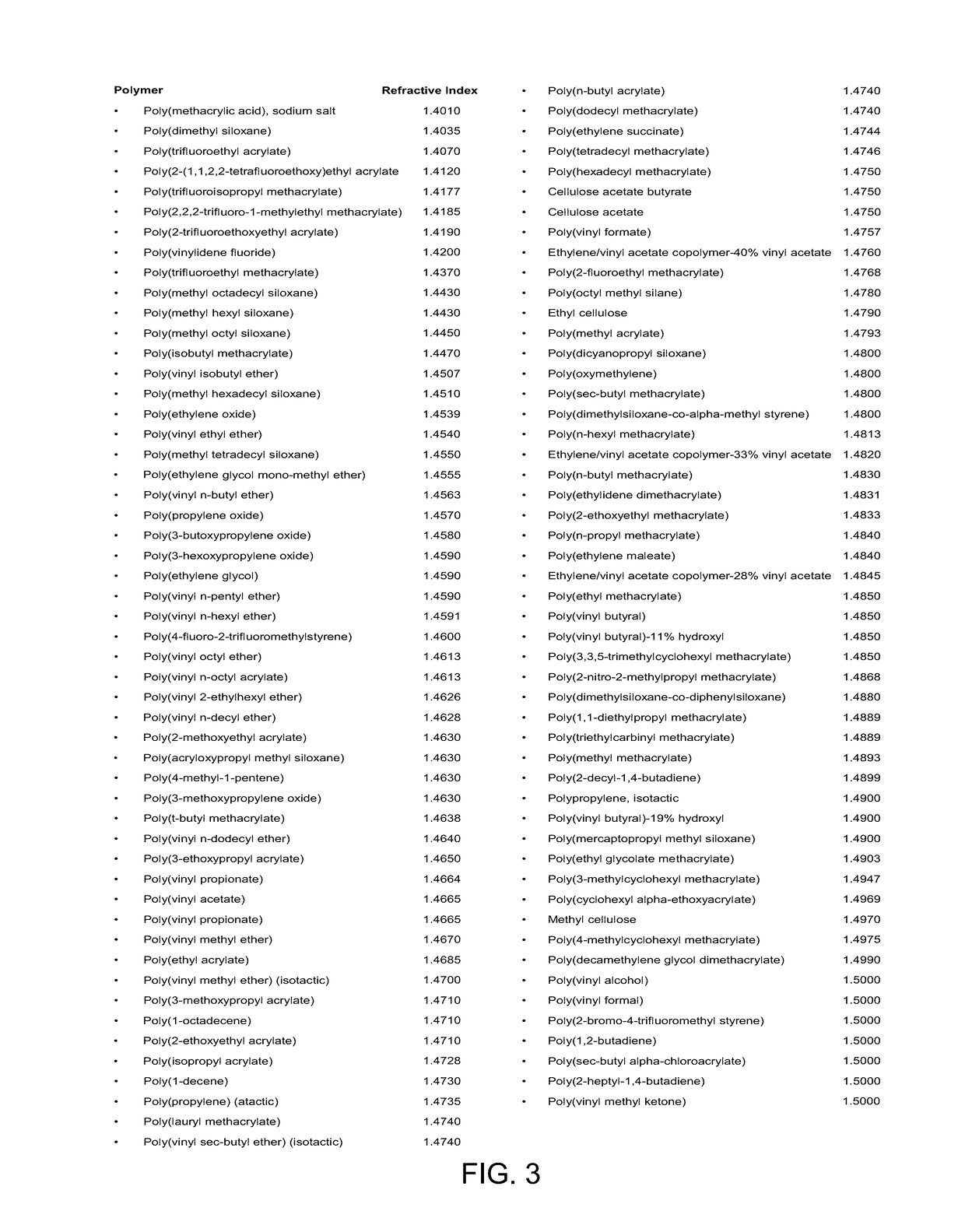Sensing System Based on a Fluorophore Array
a technology of fluorophore array and sensing system, which is applied in the direction of fluorescence/phosphorescence, optical detection, instruments, etc., can solve the problems of ignoring the detection of trace quantities of explosives in the gas phase, pushing the limits of most methods including modern fluorescent techniques, and unable to meet the challenge of detecting multiple analytes in their respective gas phase using strong fluorophore-based signals
- Summary
- Abstract
- Description
- Claims
- Application Information
AI Technical Summary
Benefits of technology
Problems solved by technology
Method used
Image
Examples
examples
[0043]The xanthene dyes used in this example, rhodamine 6G (Rh6G), rhodamine 560 (Rh560), rhodamine 640 (Rh640), sulforhodamine B (SRhB), and fluorescein 548 (Fl548), were obtained from Exciton, Inc. and used without further purification. Ethanol (95%), acetone, tetrahydrofuran (THF), and dimethylformamide (DMF) were obtained from Sigma Aldrich or Fisher Scientific and used without further purification. The dyes were dissolved in 95% ethanol at a concentration of 1.0×10−4M for use in spin-coating. The polymers used, polymethylmethacrylate (MW 120,000, PMMA) and polyvinylidene difluoride (MW 534,000, PVDF), were obtained from Sigma Aldrich. PMMA was dissolved in toluene to form a 5% (w / v) solution. PVDF was dissolved in a solution of 9 / 1 (v / v) acetone / DMF at two concentrations, 2% (w / v) and 4% (w / v). Samples for spectroscopy were prepared by cleaning glass microscope slides in ethanol and then spin-coating the polymers onto the glass slide (acceleration of 1080 s−2 to 1200 rpm) under...
PUM
| Property | Measurement | Unit |
|---|---|---|
| thickness | aaaaa | aaaaa |
| refractive index | aaaaa | aaaaa |
| thick | aaaaa | aaaaa |
Abstract
Description
Claims
Application Information
 Login to View More
Login to View More - R&D
- Intellectual Property
- Life Sciences
- Materials
- Tech Scout
- Unparalleled Data Quality
- Higher Quality Content
- 60% Fewer Hallucinations
Browse by: Latest US Patents, China's latest patents, Technical Efficacy Thesaurus, Application Domain, Technology Topic, Popular Technical Reports.
© 2025 PatSnap. All rights reserved.Legal|Privacy policy|Modern Slavery Act Transparency Statement|Sitemap|About US| Contact US: help@patsnap.com



